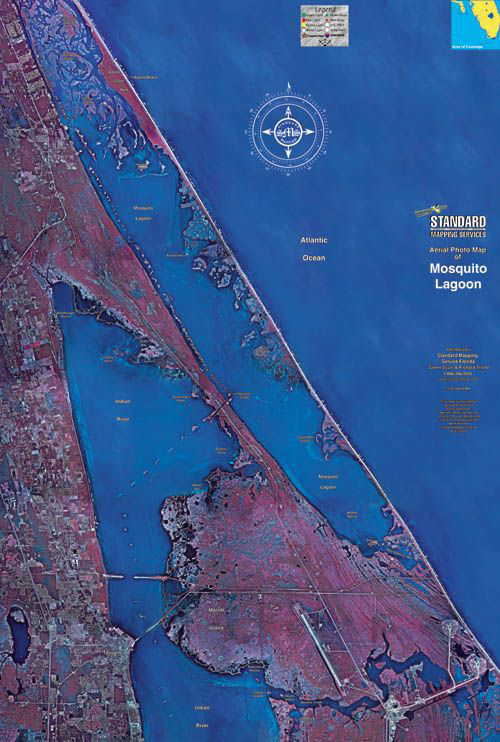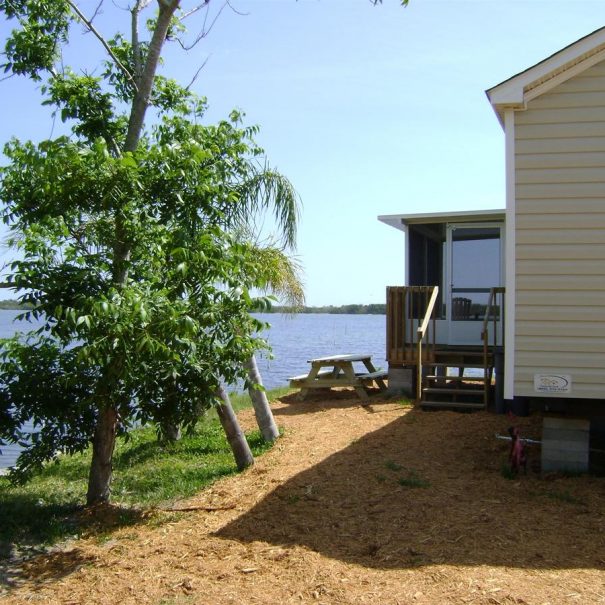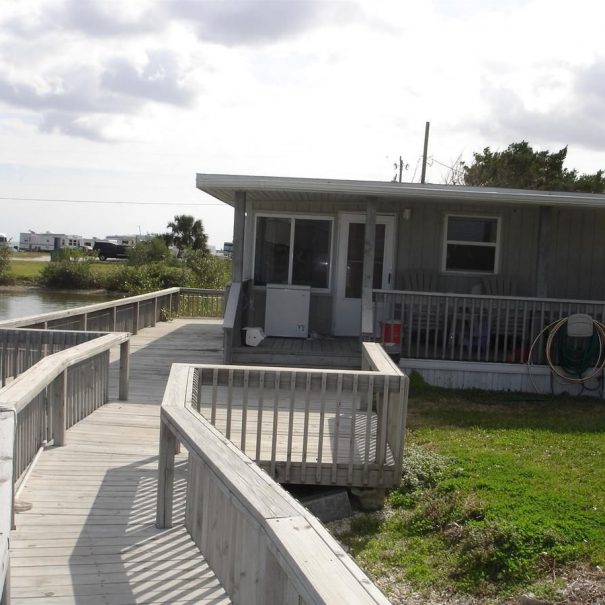Mosquito Lagoon
Mosquito Lagoon Fishing
Paradise awaits - come stretch a line and feel your heart race.
Fishing the Mosquito Lagoon
The Mosquito Lagoon is known for holding consistent numbers of “Monster” “Bull” Redfish (Red Drum) and huge “Gator” Trout (Spotted Seatrout). Most locals consider this the Redfish Capitol of the World. A few things you should know when fishing here;
- The fish species you are targeting. (see Redfish and Trout below)
- The area that you will be navigating. (see Top Spot Map Below)
- Permits needed. (see Permits below)
- Places to stay. (That’s easy OAK HILL FISH CAMP see below)
The most important things are to come and enjoy yourself, pass the passion and knowledge down to the next generation, and FISH OFTEN.
Red Drum (Redfish)
Size Limit:
Not less that 18″ or more than 27″.
Bag Limit:
1 per harvester per day. South Zone. With a vessel possession limit of 8 fish.
Appearance:
- Chin without barbels
- Copper-bronze body; lighter in clear waters
- 1 to many spots at the base of the tail
- Mouth horizontal and opens downward
- Large scales
Habitat: In winter, redfish are found in seagrass, over muddy or sand bottoms, or near oyster bars or spring fed creeks.
Behavior: Juvenile redfish are an inshore species until they reach roughly 30 inches (4 years). They then migrate to the nearshore population.
State Record: 52 lb 5 oz, caught near Cocoa (1996)
Fishing Tips and Facts:
Red drum are one of Florida’s most popular sport fish and the state’s most widespread estuarine fish. Floating a live shrimp under a popping cork is a good way to fish for redfish. They also chase crabs, mullet, pinfish and killifish (mud minnows). Casting soft-bodied jigs, spoons and even top-water plugs will catch the attention of these powerful estuarine musicians. Redfish make great table fare.
Additional Information:
Redfish are prodigious spawners that produce tens of millions of eggs. Spawning season is from about August through December, in passes, inlets and lagoon estuaries around the state. During spawning season, redfish use special muscles rubbing against their air bladder to produce a “drumming” sound for which they are named.
Image Credit: Diane Rome Peebles
Information Credit: Here

Image Credit: Diane Rome Peebles
Information Credit: Here

Image Credit: Diane Rome Peebles
Information Credit: Here
Spotted Seatrout
Size Limit:
Not less that 15″ or more than 20″ (statewide). Except 1 fish over 20″ per person.
Bag Limit:
4 per harvester per day. S.E. Zone.
Appearance:
- Dark gray or green above, with sky-blue tinges shading to silvery and white below
- Numerous distinct round black spots on back, extending to the dorsal fin and tail
- No barbels and no scales on the soft dorsal fin
- 1 or 2 prominent canine teeth usually present at tip of upper jaw
Habitat: Seatrout found inshore and nearshore in and around seagrass meadows, mangrove-fringed shorelines, deep holes and channels and above oyster bars.
Behavior: Spawning occurs inshore from March through November. Spotted seatrout move into deeper, still waters during colder months. They feed on baitfish, mullet, shrimp and crabs.
State Record: 17 lb 7 oz, caught near Ft. Pierce
Fishing Tips and Facts:
Free-line live shrimp or small pinfish or pigfish (grunts) near the bottom to entice trout out of grass-bed holes. Attaching a float will allow these baits to drift over the grass beds as you search for trout. Casting with soft-bodied jigs, top-water poppers and spoons can be effective. Trout are very delicate, so returning unwanted or illegal fish promptly to the water is necessary to maintain a healthy population. Spotted Seatrout are a good eating fish.
Additional Information:
Spotted Seatrout reach 3 feet and 15 pounds but are common in the 4-pound range.
Top Spot Fishing Chart

The Top Spot Map is recommended for anyone coming to the Mosquito Lagoon. This chart will give you the basic information you need to make your fishing trip successful. There are fishing hot spots with a chart that tells you what you can expect to catch at any specific time of the year located directly on the waterproof map.
We recommend this map to all of our guests. If you don’t already have one just add it to your room and it will be here waiting on you when you arrive.
JUST ADD ONE TO YOUR CABIN RENTAL!



Permits (for fishing in the Mosquito Lagoon)
There are 2 licenses that a person needs to fish the Mosquito Lagoon. The first is the recreational saltwater fishing license that you can get in advance at myfwc.com. (see below) The second license is the Merritt Island rules and regulations license, which you just need to read, print out and have with you when fishing. (see below)
Resident Saltwater Fishing
2-Month Authorizes the holder to take or attempt to take saltwater fish, crabs, clams or other saltwater organisms (other than non-living seashells).
Cost: $17.00
Non-Resident Saltwater Fishing
12 Month Authorizes the holder to take or attempt to take saltwater fish.
Cost: $47.00
Exemptions
YOU MAY NOT NEED THIS PERMIT IF YOU FALL INTO THESE CATEGORIES
Any resident fishing for recreational purposes only, within her or his county of residence with live or natural bait, using poles or lines not equipped with a fishing line retrieval mechanism, except on a legally established fish management area. Effective August 1, 2009 – this exemption will apply in salt and freshwater.
Any resident 65 years old or older who has in her or his possession proof of age and residency. A no-cost license under this paragraph may be obtained from any tax collector’s office upon proof of age and residency and must be in the possession of the resident during hunting, freshwater fishing, and saltwater fishing activities.
CHILD UNDER 16
Any child under 16 years of age.
Any employee of the commission who takes freshwater fish, saltwater fish, or game as part of employment with the commission, or any other person authorized by commission permit to take freshwater fish, saltwater fish, or game for scientific or educational purposes.
Any resident fishing for mullet in fresh water who has a valid Florida freshwater fishing license.
Free Resident Persons with Disabilities Fishing and Hunting License issued to Florida residents confirmed to be totally and permanently disabled.
Any person fishing from a for-hire or charter vessel licensed to carry customers paying a fee for the purpose of taking or attempting to take saltwater fish for noncommercial purposes.
Any person who holds a valid saltwater products license.
Any person fishing who has been accepted as a client for developmental disabilities services by the Department of Children and Family Services, provided the department furnishes proof thereof.
Any resident who is saltwater fishing from land or a structure fixed to land who has been determined eligible for the food stamp, temporary cash assistance, or Medicaid Program by the Department of Children and Family Services (DCFS). Proof of identification and a benefit issuance or program identification card issued by DCFS or the Agency for Health Care Administration must be on your person when fishing.
Any resident who is a member of the United States Armed Forces and not stationed in this state, when home on leave for 30 days or less, upon submission of orders.
Any person saltwater fishing for recreational purposes from a pier that has been issued a valid pier saltwater fishing license.
Any person fishing from a vessel licensed to carry guests for the purpose of taking or attempting to take saltwater fish for noncommercial purposes.
Places to Stay (Oak Hill Fish Camp)
Located directly on the Intracoastal Waterway within Mosquito Lagoon.
This is as close to the Lagoon as you can get.
From the fish camp to the south, there are no wake zones to deal with on your way to the fishing grounds.
Clean and Comfortable including Dockage.




